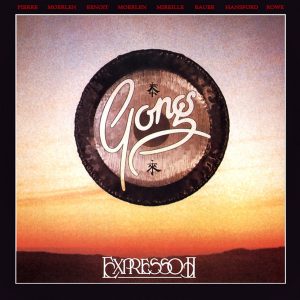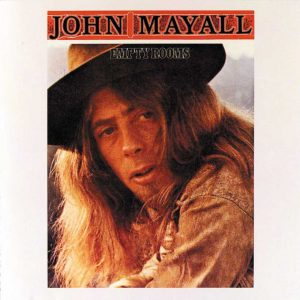The cover of 1972’s Clube Da Esquina perfectly encapsulates the music and the context that surrounds it. In the photograph, two young boys perch by the side of a dusty Brazilian road, both staring into the camera with differing expressions. Above this image of rustic innocence, a barbed wire ominously hangs. The picture perfectly complements the record’s playfulness, its quiet sensitivity, and the horrendous circumstances under which it came to be. Indeed, by 1972, Brazil was eight years into an aggressive US-backed military junta, unable to mount any meaningful opposition, and left stranded by most international powers. Though the key architects of Clube Da Esquina – Milton Nascimento and Lô Borges – were not as overtly rebellious as their contemporaries in the Tropicalismo movement, the artists remained under the watchful eye of right-wing authorities, often facing extensive censorship.
Listen to Milton Nascimento and Lô Borges’s Clube Da Esquina now.
Clube Da Esquina is MPB (Música Popular Brasileira) that both subtly reflects this context and exists well beyond its shadow. The record begins with “Tudo Que Você Podia Ser,” a buoyant introduction to the album’s shapeshifting. The following “Cais” is a perfect example. It starts as a beautifully sparse track, allowing space for Nascimento’s delicate vocals. Its abrupt segue into a simple piano melody makes for one of the understated highlights of the record. Similarly, the Spanish bolero “Dos Cruces” is initially stripped back and mournful, but soon explodes into grand progressions.
Nascimento’s voice is a highlight throughout, especially on the gently affecting “San Vincente,” which features both a stunning performance and subtly unpredictable phrasing. The song makes plain that this album is built on compatible opposites. It is at once accessible but experimental, warm but haunting, ebullient but melancholic, gentle but deeply resonant, fragile but righteous. Often this duality is held just within Nascimento’s voice.
One of the most impressive things about Clube Da Esquina is its sheer ambition and range of influences. Given Nascimento and Borges’ upbringing in the state of Minas Gerais, there is a rural folk influence, a trace of the local church music, and a love of the popular bossa nova that had dominated Brazil’s charts. But this is far from adequate in explaining the intricacies of Clube Da Esquina’s unique sound. Throughout the record, you can also hear traces of the adventurous pop of The Beatles, as well as an incorporation of the many regional variants of toada (a style of Amazonian folk music); there is orchestral psychedelia, an understated compositional complexity, and experiments that were uncommon in much MPB. Through it all, Nascimento’s voice brings a vital cohesion. Though the compositions and arrangements by Lô Borges, Márcio Borges, Eumir Deodato, and Wagner Tiso are remarkable on their own terms, it’s Nascimento’s affecting navigation of the tracks that elevates the record to its current status as one of the most important Brazilian records of the 20th century.
Listen to Milton Nascimento and Lô Borges’s Clube Da Esquina now.




